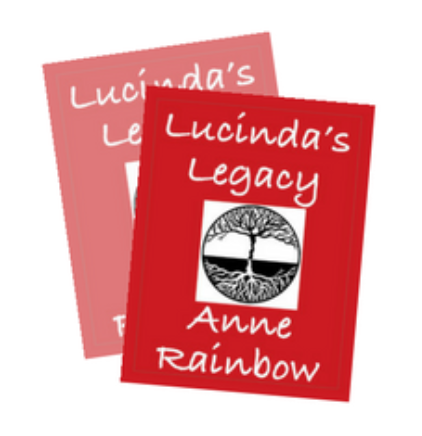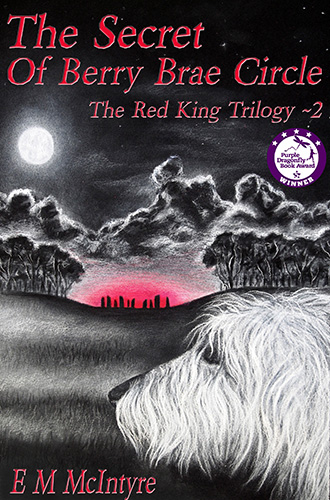Life after NaNo = Exploring Scrivener 3
There is life after NaNo - exploring Scrivener 3! Each November, for thirty days, my focus is on writing that new novel. This year, it was Lucinda's Legacy - a tale triggered by a comment I overheard back in May: It's all about the money. Oh no, it's not. Oh yes, it is! And then the story grew and grew and grew ...









